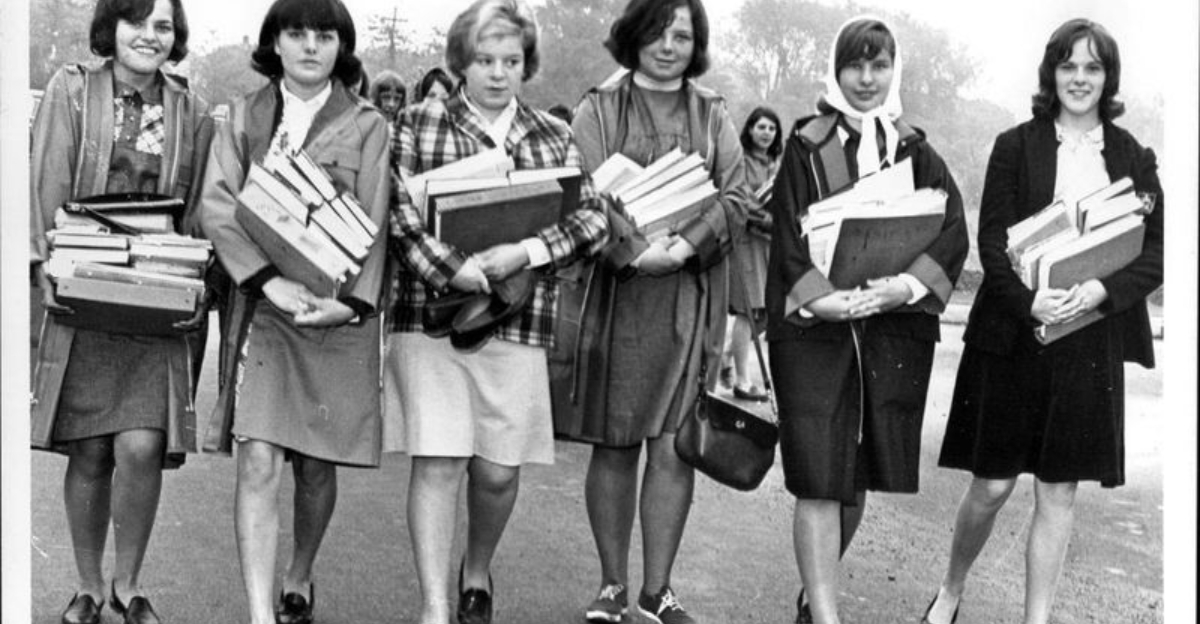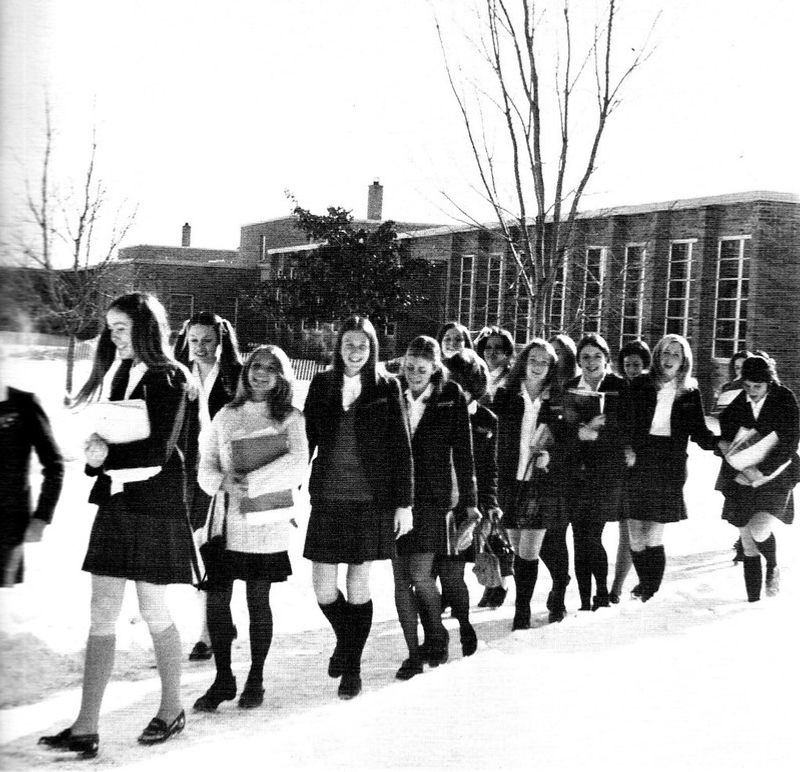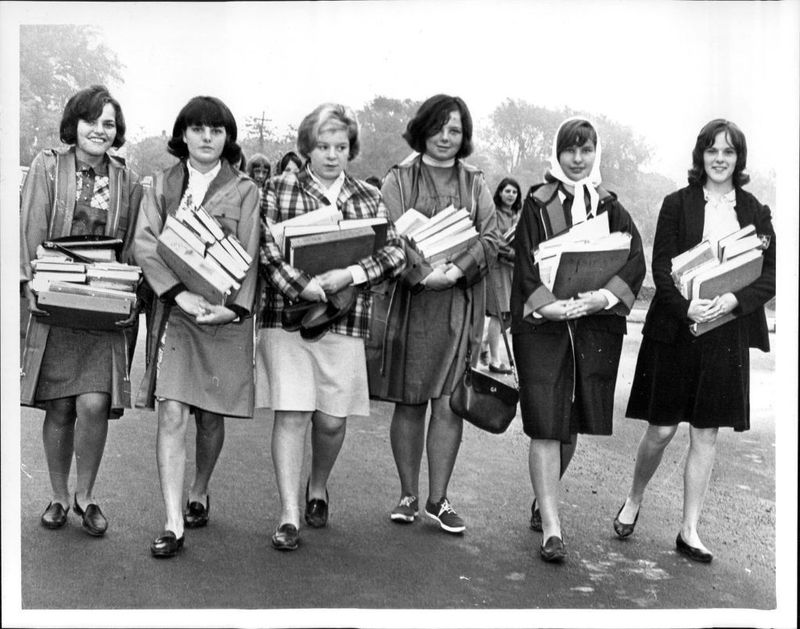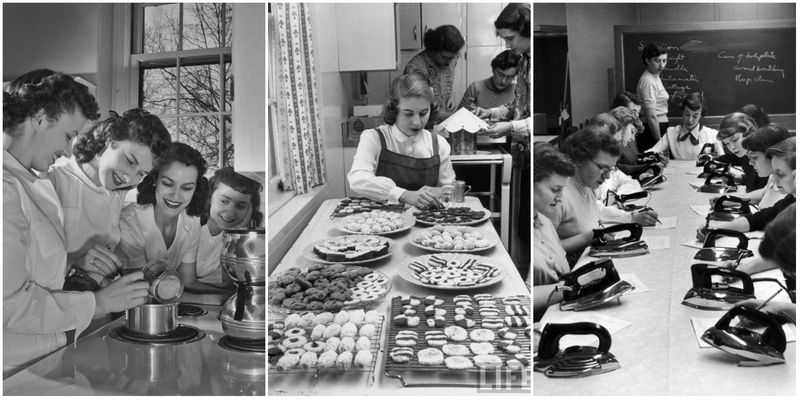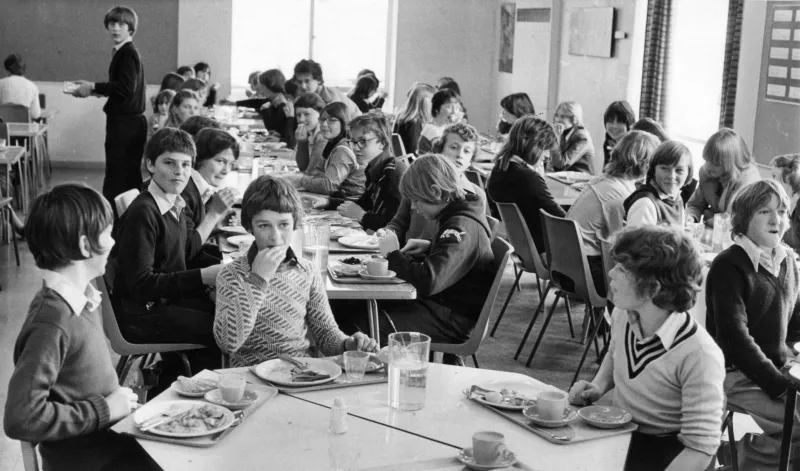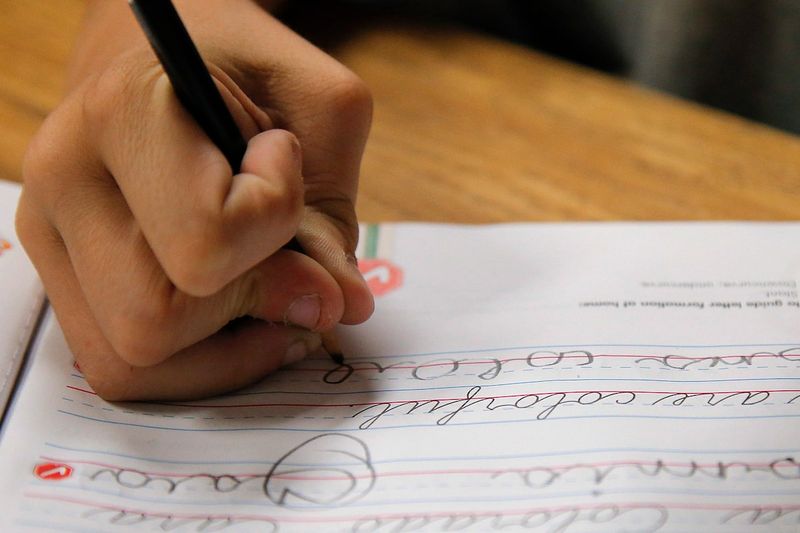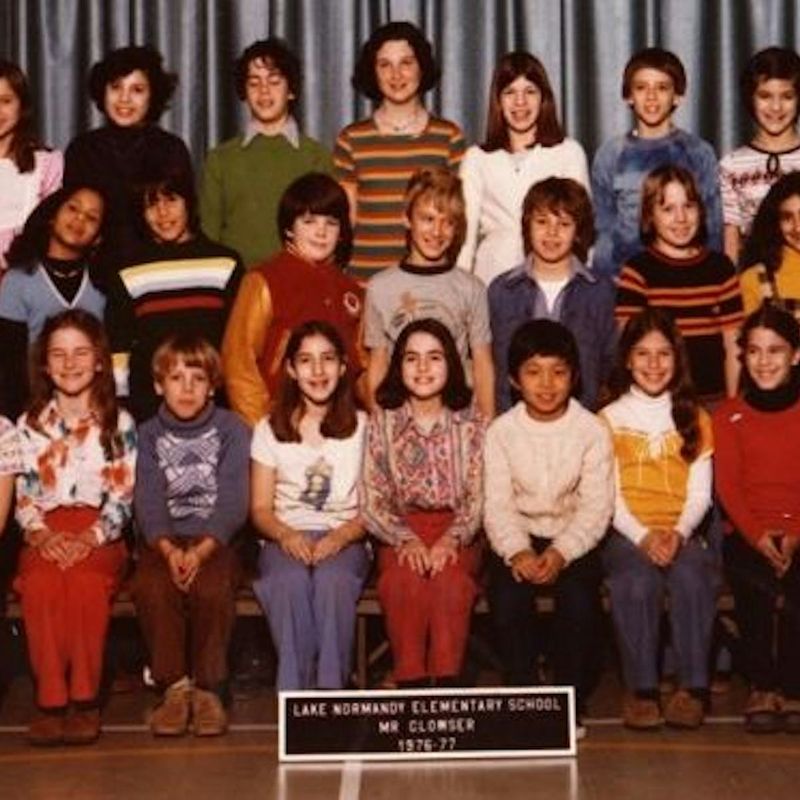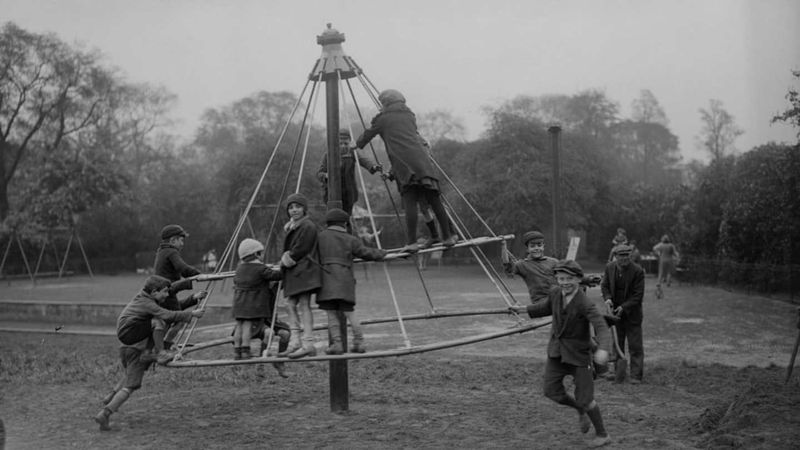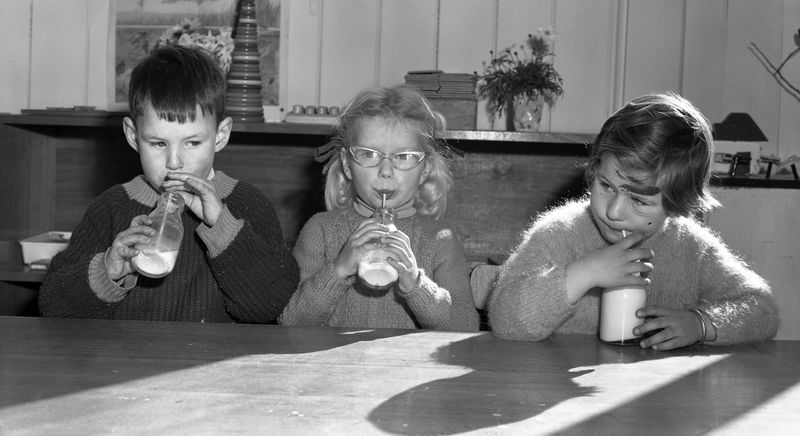The 1970s were a time of social change and cultural upheaval, yet some school rules from that era seem downright bizarre today. These rules, often based on outdated norms and assumptions, governed everything from dress codes to playground activities. While some were rooted in concerns of safety and discipline, others reflect societal expectations that have since evolved. This blog post explores 15 such rules, shedding light on the peculiarities of the past and how they compare to today’s more enlightened educational environments. Join us in a nostalgic journey through the quirky rules that shaped a generation.
1. No Pants for Girls (Dresses Only)
In the 1970s, schools enforced strict dress codes requiring girls to wear skirts or dresses, even in harsh winter conditions. This outdated rule was based on traditional gender norms dictating what was considered “appropriate” attire for young women. Imagine shivering on a cold day with no option for pants! Today, gender-neutral dress codes have taken over, allowing students to dress comfortably and expressively, free from antiquated constraints. A girl in pants was once unthinkable, now it’s the norm, reflecting society’s progress in gender equality.
2. Chewing Gum = Detention
Chewing gum was once the bane of teachers, leading to automatic detention if caught. The fear was that gum would end up under desks, creating a sticky mess and being a distraction. Teachers dreaded finding gum everywhere, and students knew it was a surefire way to land in hot water. Today, many schools have relaxed these rules, with some even encouraging gum-chewing as a focus aid. The sticky under-desk menace has been replaced with mindfulness about cleanliness and hygiene.
3. “No Left-Handed Writing” Policies
In the 1970s, left-handed students were often forced to write with their right hand, based on misguided beliefs about what was “right.” This oppressive rule caused stress and confusion for many kids. Teachers believed it would correct an “abnormality,” but it only stifled natural abilities. Today, left-handedness is celebrated, with schools providing lefty-friendly tools like scissors and desks. The shift reflects a broader understanding of individuality and acceptance, allowing kids to embrace their unique traits without fear.
4. Smoking Areas… for Teachers
Back in the 1970s, teachers had designated smoking areas within schools, often puffing away in lounges while students attended health classes. This contradiction highlighted a bizarre acceptance of smoking as a normal adult habit, while promoting health to kids. The smoky lounges are long gone, as most campuses have become smoke-free zones. This change reflects a broader societal shift towards healthier living and the eradication of smoking’s glamorization.
5. Corporal Punishment (Paddling Permitted)
Corporal punishment was an accepted form of discipline, with paddling being a common method. Teachers were allowed to physically discipline students, believing it maintained order and respect. Many remember the ominous paddle hanging on the wall, serving as a constant reminder of consequences. Today, this practice is banned in most states, as it’s seen as abusive and harmful. The shift towards positive reinforcement and understanding reflects a more compassionate approach to student behavior.
6. No Backpacks (Only Book Straps Allowed)
In the 1970s, backpacks were often banned, with students carrying their books with straps. This peculiar rule was based on fears of hidden contraband or just a disdain for messy hallways. Book straps left students juggling their belongings awkwardly. Today, backpacks are common, with rolling versions and ergonomic designs reflecting modern needs. Schools have adapted to the practicalities of student life, moving away from these cumbersome methods to more convenient and student-friendly options.
7. Mandatory Home Economics (For Girls Only)
Home economics was once mandatory for girls, teaching skills like sewing and cooking to prepare them for “wifely duties.” This gender-specific rule reinforced traditional roles, restricting girls to domestic spheres. The classes were often lively but limited aspirations. Today, these have been largely replaced with co-ed life skills classes, reflecting a shift towards gender equality and broader opportunities. Students now learn practical skills without gender bias, preparing them for diverse futures.
8. No Hair Below the Collar (For Boys)
In the 70s, boys faced strict hair regulations, ensuring hair stayed above the collar. The fear of “hippie influence” drove this rule, as long hair was seen as rebellious. Many boys dreaded school barbershops, where conformity was enforced with scissors. Modern schools have moved away from such gender-based appearance rules, embracing individual expression and different styles. This change highlights a cultural evolution towards personal freedom and acceptance.
9. “No Talking in the Cafeteria” Rules
Absolute silence was often required during lunch in the 1970s, with “No Talking” rules strictly enforced. Students were expected to eat without conversation, making lunch a quiet affair. The rationale was maintaining order, but it stifled social interaction. Today, cafeterias are vibrant social spaces, buzzing with chatter and laughter. The transformation reflects an understanding of the importance of social skills and community building among students.
10. Cursive Writing as a Graded Subject
Cursive writing was once a graded subject, seen as essential for adult life in the 1970s. Students spent hours perfecting loops and swirls, as penmanship was a mark of education and civility. Many recall the painstaking practice that filled notebooks with elegant scripts. Today, cursive has largely fallen out of the curriculum, with typing skills taking precedence. The shift reflects technological advancements and changing communication needs.
11. No Calculators in Math Class
Math classes in the 1970s strictly banned calculators, insisting students rely on mental arithmetic and manual calculations. The belief was that technology hindered learning, with the infamous claim, “You won’t always have a calculator in your pocket!” How times have changed! Today, graphing calculators are standard tools, reflecting a shift towards integrating technology to enhance understanding and analysis. The evolution signifies an embrace of new learning methods and resources.
12. “No Hats Indoors” (Even on Bad Hair Days)
Wearing hats indoors was strictly forbidden in schools, based on notions of disrespect or gang association. Even on bad hair days, students had to comply. This rule was rooted in maintaining decorum and appearances. Today, many schools have relaxed these dress codes, allowing hats for comfort or even sun protection. The change reflects a shift towards understanding and accommodating individual needs and preferences, promoting a more inclusive environment.
13. Separate Recess for Boys & Girls
Playgrounds in the 1970s often featured separate recess times for boys and girls, reflecting gender segregation norms. Boys and girls played different games, reinforcing traditional roles and limiting interaction. Today, mixed recess is the norm, encouraging socialization and cooperation across genders. This transformation reflects a societal shift towards gender equality and inclusivity, breaking down barriers and promoting understanding from a young age.
14. “No Running” on the Playground
The “No Running” rule was enforced on playgrounds to prevent injuries and avoid lawsuits from scraped knees. It turned playtime into a leisurely stroll rather than active fun. Parents and teachers worried about safety, leading to this cautious approach. Today, schools encourage kids to be active, recognizing the importance of physical exercise for health and development. The shift represents a more balanced view of risk and activity, fostering a healthier lifestyle for children.
15. Mandatory Milk Breaks (Even for Lactose-Intolerant Kids)
Mandatory milk breaks were part of school life, influenced by government dairy promotions. Kids drank milk daily, even lactose-intolerant ones, as milk was seen as essential for growth. Many remember the taste of warm milk and the pressure to finish it. Today, schools offer various options, recognizing diverse dietary needs and preferences. Plant-based alternatives reflect a shift toward inclusivity and health awareness, accommodating modern nutritional understanding.
